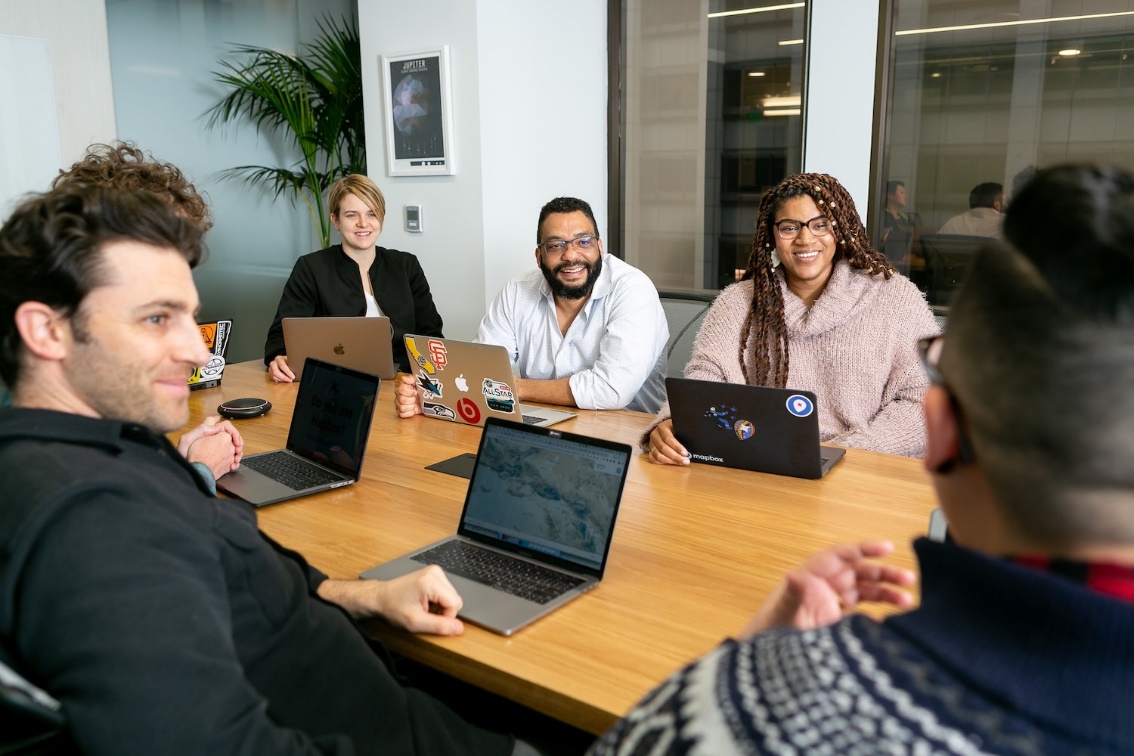How AI Can Help Promo Companies Build Diverse Workforces

As diversity, equity and inclusion goals become increasingly crucial to businesses, more companies are grappling with how to remove unconscious bias, also known as implicit bias, from the hiring process.
In recruiting, many companies are already using AI to automate processes like screening resumes and scheduling interviews with candidates. But in addition, AI also offers a solution for mitigating unconscious bias in recruitment completely, which supports the greater mission to establish a diverse, equitable and inclusive workforce for all.
“Avoiding implicit bias is far more important than ever, because numerous studies have shown that diverse organizations perform better when compared to companies that maintain higher degrees of homogeneity,” says Maurice Norris, MPA, PPAI’s public affairs manager. “Implicit bias can have a pervasive effect on business functions, often without leaving an obvious footprint. This trend is especially acute with the hiring process, where pre-conceived notions often influence decision-making without scrutiny.”
Implicit bias, also known as unconscious bias, refers to the attitudes and stereotypes that unknowingly influence a person’s behavior. These deep-seated biases, which exist beyond conscious thought, affect every individual to an extent, according to the theory. In recruiting, implicit bias can cause unintended prejudiced connotations, but because it’s a form of human error, there’s few ways to avoid it—and that’s where AI steps in.
Unlike humans, AI can be programmed to disregard details that influence biased decision-making, such as age, race or gender. Instead, AI operates according to a pre-set list of algorithms, determined by the company, which it pairs with information learned from successful hires and other specifics, and ranks applicants best-suited for the position. These algorithms rule out the possibility for applicants to be ranked on anything other than the pre-screened data points; a benefit to employers and candidates alike.
“Considering the labor challenges many companies are currently facing, avoiding bias is also key to attracting top talent,” says Norris. “One recent trend that has been reported on, involving interviews, is the sense that the candidate is evaluating the company as much as the company is measuring the candidate. This is important because people on the receiving end of unconscious bias are typically more aware of that tendency than people who don’t realize they are acting on their biases.”
AI is absent of human error, reports talent acquisition software tool Picked.ai, which is why it’s superior to common human resource methods such as blind hiring, skills tests and pre-screening software. Further, because AI functions according to algorithms, it allows for various departments, from the marketing team to C-suite executives, to decide on these terms together with recruiters.
AI-enabled tools aren’t sophisticated enough to replace recruiters just yet, but they can help to ease the preliminary stages of recruiting. What humans offer that AI still can’t is the ability to consider social characteristics, such as the candidates’ personality, character, personal interests and work ethics. However, recruiters can use AI tools to decipher hundreds of resumes and provide an impartial, pre-screened list of candidates ranked according to their qualifications, for them to then speak with.

